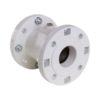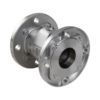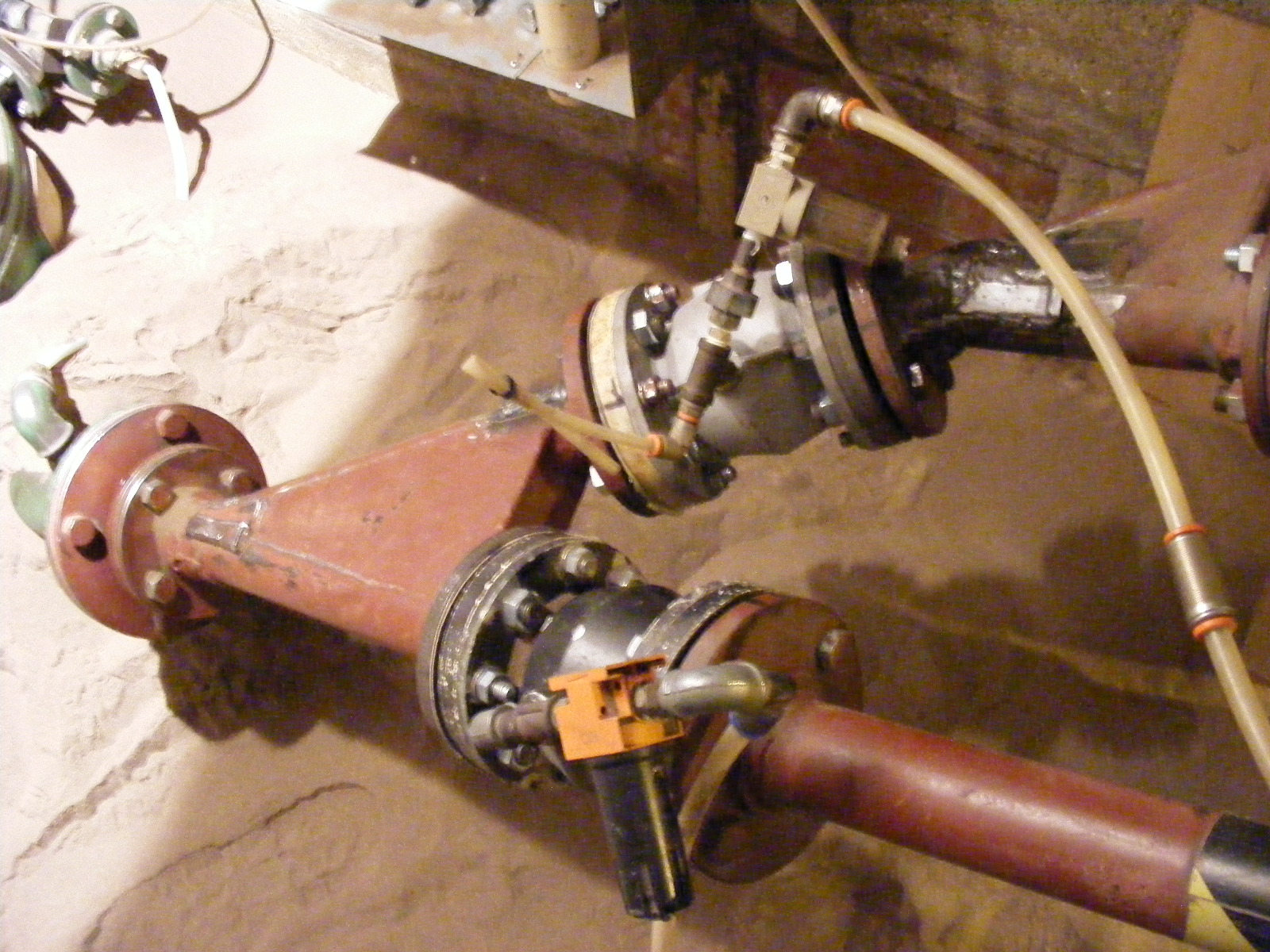Valves for Foundry Sand: How they Assist
The sand foundry specialises in complex shapes and patterns within their sand casting and can produce a wide range of production sizes, from small intricate parts to pieces 2.5 metres in diameter.
The involvement of AKO Pinch Valves within this process is key. The valves control filling hoppers above 2 moulding tracks, shutting off and isolating the foundry sand with precision. The temperature of the sand is ambient, and it travels through the pipelines and pinch valves at 2-3 bar.





